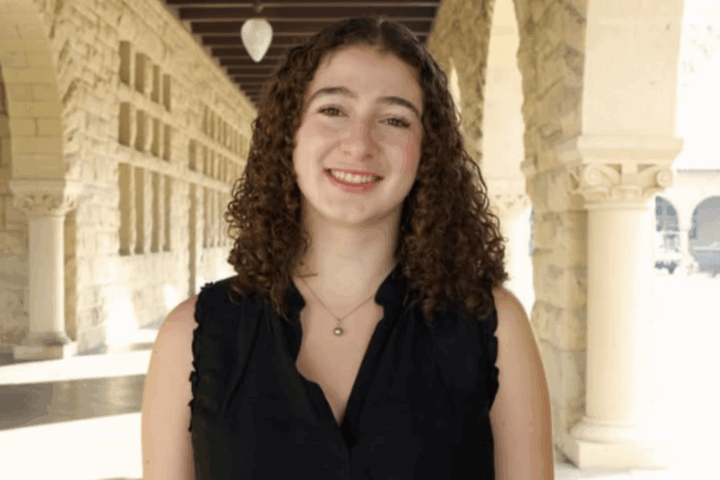As a result of the August 14th magnitude 7.2 earthquake in the southwest region of Haiti, more than 136,800 buildings reportedly collapsed. Aftershocks reached upwards of 5.8 magnitude throughout the following 15 hours after the primary quake. Around 2,200 people were killed and 12,000 injured making this the deadliest natural disaster of 2021, and the worst natural disaster to strike Haiti since the earthquake of 2010. On August 16th, Hurricane Grace hit Haiti as a tropical depression and caused flooding and mudslides throughout the country, further hindering rescue efforts in affected areas. With little to no help from the disarrayed government, which has seen a sudden change in leadership following the coup d’etat in July, Haitian communities have now come together to assist those in need and rebuild, relying on the goodness of others for essential services and support.
Now as the nation rebuilds once again, charity organizations have begun facilitating the recovery process, but for most Haitians the financial and emotional consequences of the earthquake remain unmanageable. Although reconstructing or repairing homes in Haiti can seem relatively inexpensive compared to NY real estate prices, most of the Hatian population has struggled with immense poverty and lack access to many of the essential financial resources that are needed for such projects. Loans for building homes or reopening businesses are mostly inaccessible for the working class. When combined with a lack of reliable income and federal aid, recovery is nearly impossible without the help of community members or charity. With all this said, the Hatian people still “deal with stuff that seems unimaginable… in a way that is noticeably tough and resilient,” according to former Fieldston English teacher Dr. Grene.
For this very reason, countless organizations have contributed millions of dollars and thousands of aid workers to the nation whenever disaster strikes. Even still, most Haitians will never directly benefit from this support. The Andrew Grene Foundation, however, has chosen a different approach towards supporting the Haitian people. Following the 2010 earthquake in Haiti, which took the life of Dr. Grene’s twin brother Andrew Grene as well as 250,000 others, Dr. Grene promptly created the Andrew Grene Foundation in order to continue his brother’s work by supporting Haitian communities through education and microfinance. The Andrew Grene High School began supplying a few hundred students with access to an excellent education and the Andrew Grene Foundation has offered over one and a half thousand business women small loans to get their businesses up and running.
Following this most recent earthquake, the mother of a student at the Andrew Grene High School lost her home, which was located in the south east corner of Haiti. The headmaster of the school went down to the area shortly after hearing news of what happened, to check in on the student’s mother. “To go down to the south at that time and in that way,” says Dr. Grene, “is quite literally risking his life.” In response, Dr. Grene started a fundraiser which has raised $5,525 USD of the $8,000 USD goal towards rebuilding her home. For the students at the Andrew Grene High School, the most recent events within the country are “that degree of immediate, there is not even one degree of separation,” according to Dr. Grene. The students, however, maintain this mentality that “life goes on because it has to go on,” states Dr. Grene, “and unless you keep your eyes on making things work, you risk drowning.” A connection to faith and community allows the Haitian people to deal with catastrophe emotionally, year after year, while they work tirelessly to rebuild and restore their communities. This mindset allows the Haitian communities to assist those in need, and in the case of the students at the Andrew Grene High School, help the family of the student who has lost their home.
Moving forward, the question remains, what can be done to better prepare the Haitian people and Government for future disasters of this scale? At this moment, charity seems to be the only viable way to support the Haitian communities, however it is often too late to donate to such charities once such tragedies occur. When donating to the Red Cross in reaction to the earthquake, as an example, this money is often saved into an entirely separate fund which is used for future disasters, possibly even disasters that may not be in Haiti at all. It is quite difficult to know exactly where the money is going. This is why relatively smaller organizations such as the Andrew Grene Foundation are viable solutions, where the money clearly goes to the people in need. If you are interested in helping, you can donate to the student’s mother directly or to the Andrew Grene Foundation where you can sponsor a student’s education, and/or financially support a Haitian business woman.





